Dairy: Feed and Forage
Information relating to dairy herd nutrition, forage production and grassland management.
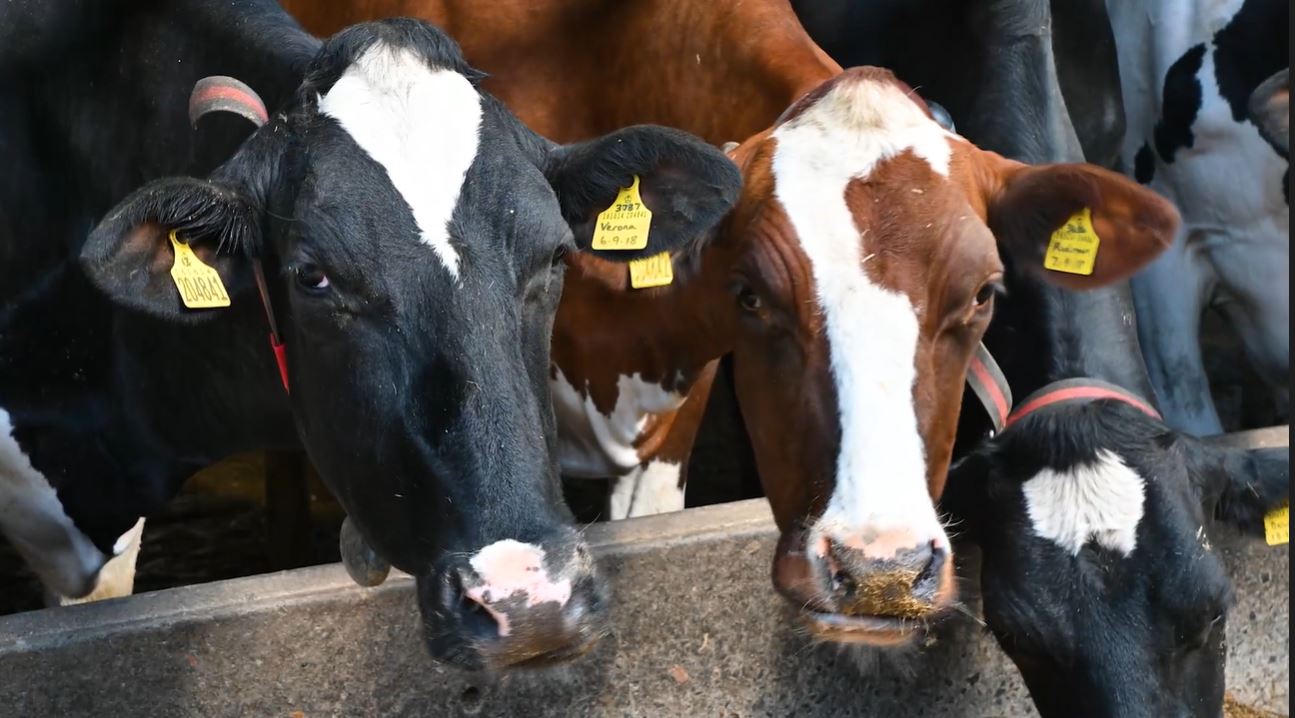
MMN March 2025 – The Multiple Roles of Methionine
Methionine is an essential amino acid for dairy cows and is the first limiting amino acid for milk production, followed by lysine. Typically miking rations are deficient in methionine, with…
Select by an area of interest
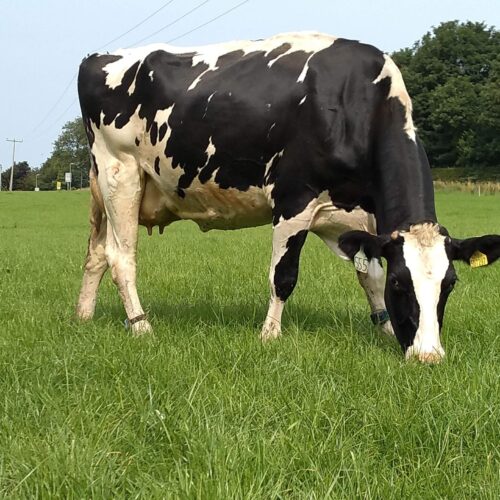
Feeding the Milking Herd at Grass – What to Consider?
April 11, 2025With many cows now turned out to grass, the science of balancing buffer feeding is tricky when often grass intake and quality is unknown. If...
Read more >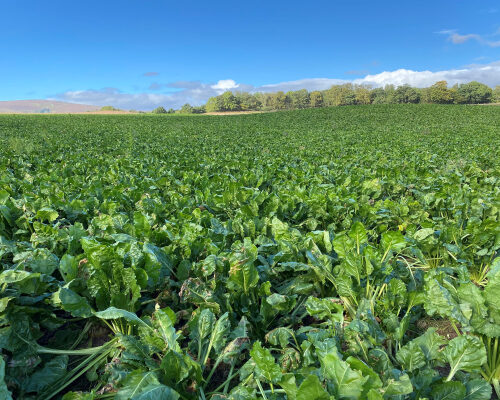
MMN March 2025 – Fodder Beet in Milking Rations
March 11, 2025Fodder beet has surged in popularity for outwintering livestock, providing one of the highest yielding energy crops (65-90T of bulb and leaf yield/ha). While the...
Read more >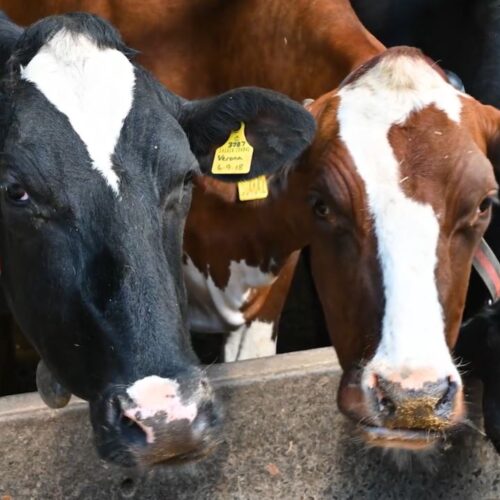
MMN March 2025 – The Multiple Roles of Methionine
March 11, 2025Methionine is an essential amino acid for dairy cows and is the first limiting amino acid for milk production, followed by lysine. Typically miking rations...
Read more >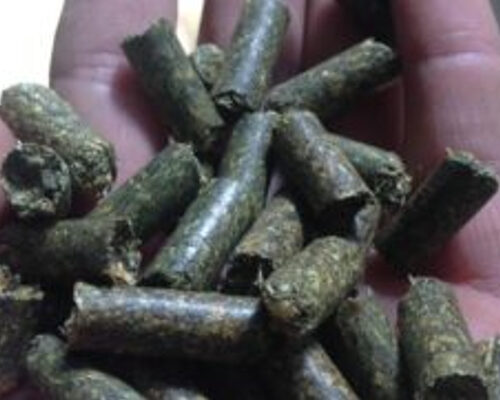
MMN January 2025 – What to Use if Draff is Unavailable
January 10, 2025Draff has become an important feed source within the dairy industry over the years, providing a good source of digestible energy and protein. The typical...
Read more >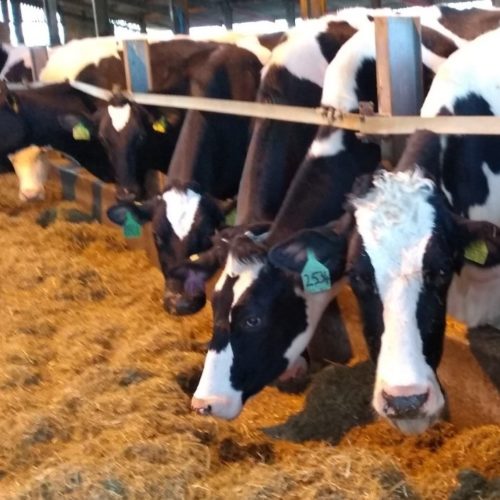
MMN January 2025 – The Importance of Sugar in a Dairy Ration
January 10, 2025The sugar content of dairy diets is often not given much consideration, with more focus usually given to energy, protein and starch levels. While the...
Read more >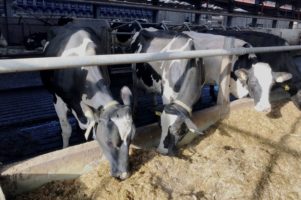
Maximising Milk from Forage
November 6, 2024Ensuring that your dairy rations maximise the feed value available in your silage and other conserved forages can make significant savings in purchased feed costs. ...
Read more >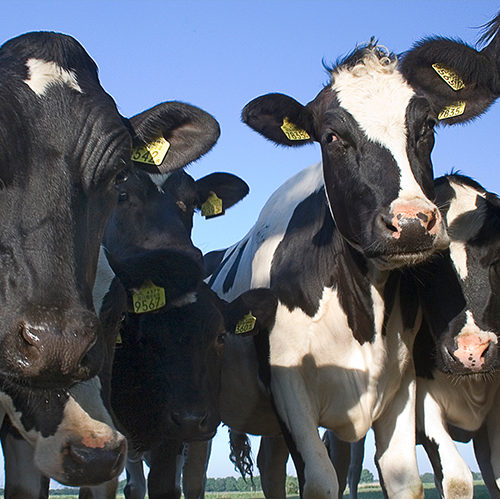
Vitamin E for Dry Cows – Are You Feeding Enough?
October 7, 2024Vitamin E supplementation is absolutely critical for dry dairy cows for immunological function. It also greatly impacts on calf health as well. As vitamin E...
Read more >
Practical Assessment of Nutrition in the Milking Herd
May 27, 2024Nutrition of the milking herd is usually seen as the responsibility of the farm’s nutritionist. However, there are many ways a herd manager or stockperson...
Read more >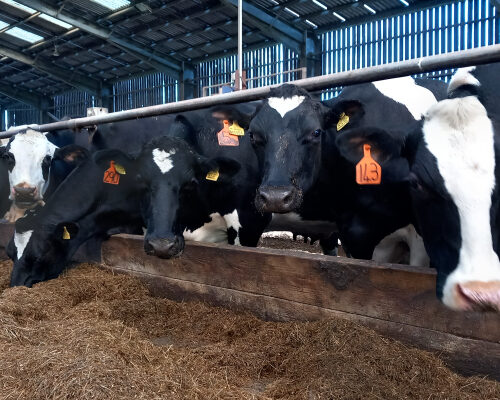
Nutritional Guidance for the Milking Herd
May 21, 2024Nutrition in dairy cattle is a complex area, and many farmers rely on their nutritionist to ensure that the ration for the milking herd is...
Read more >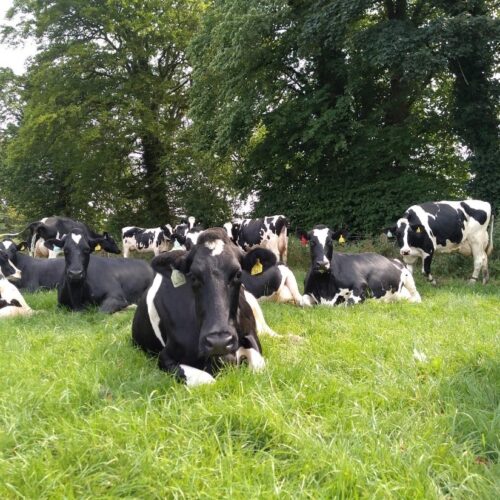
Cow Grazing Strategies in Wet Conditions
April 3, 2024When large amounts of rainfall leave grazing fields saturated, how do we deal with wet conditions to manage the grazing platform and minimise damage to...
Read more >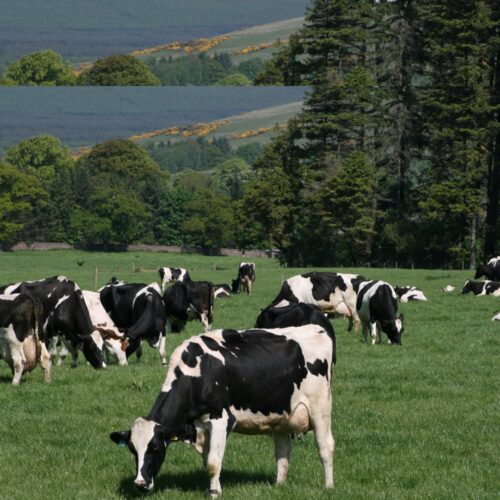
MMN March 2024 – Rumen Microbes: Adapting to change
March 14, 2024The rumen is a diverse and complex ecosystem of microbes comprising of bacteria, archaea, protozoa and fungi. These rumen microbes are vital in the digestion...
Read more >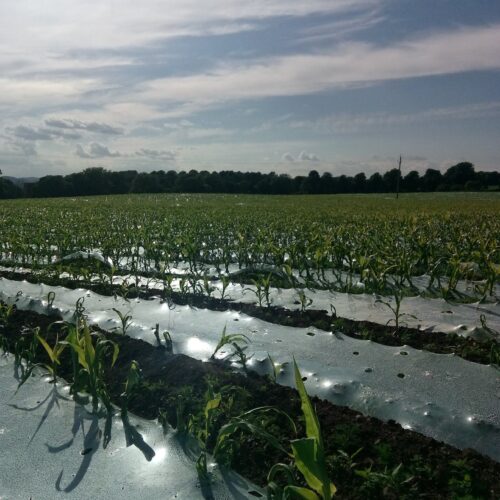
Considerations for Growing Maize Silage
February 27, 2024In southwest Scotland in particular we are hearing of an increased area of maize being planned for the 2024 season. This is predominantly due to...
Read more >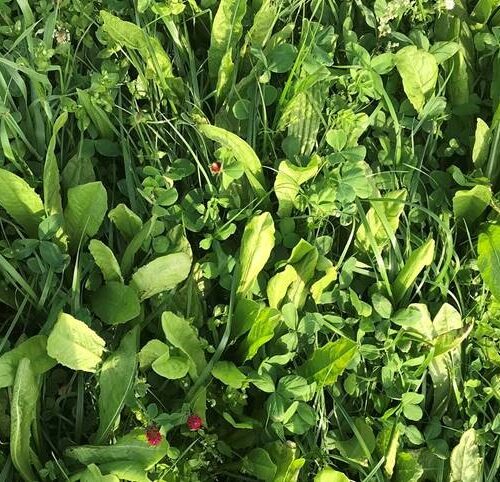
Herbal Leys – The Challenges
February 7, 2024This articles follows on from Herbal leys – what to consider in selecting a mix. Herbal leys contain a variety of species of grass, legumes...
Read more >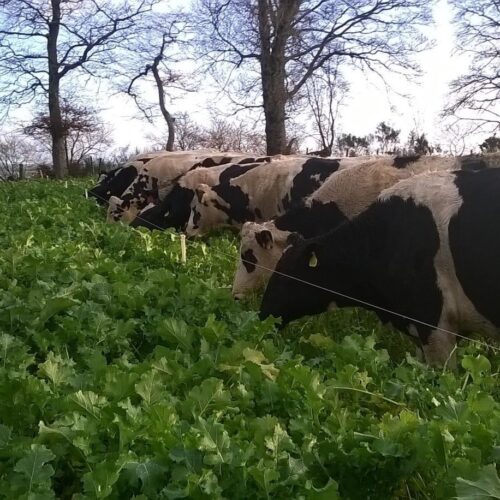
Outwintering Heifers on Brassicas, Is Iodine Deficiency an Issue?
November 6, 2023Rearing dairy heifers is one of the largest expenses of milk production so outwintering heifers can reduce costs due to less time spent housed, saving...
Read more >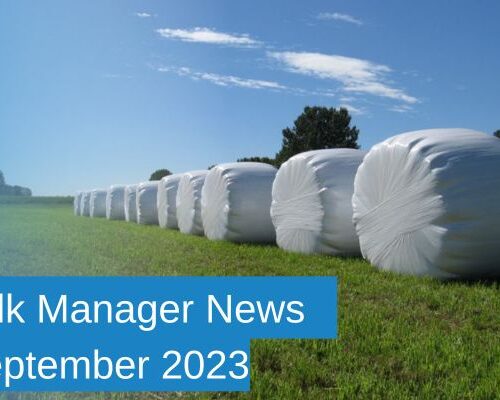
MMN September 2023 – Planning Winter Feed Requirements
September 11, 2023Planning Winter Feed Requirements With summer nearing a close and housing just around the corner, it is worth spending some time planning ahead how much...
Read more >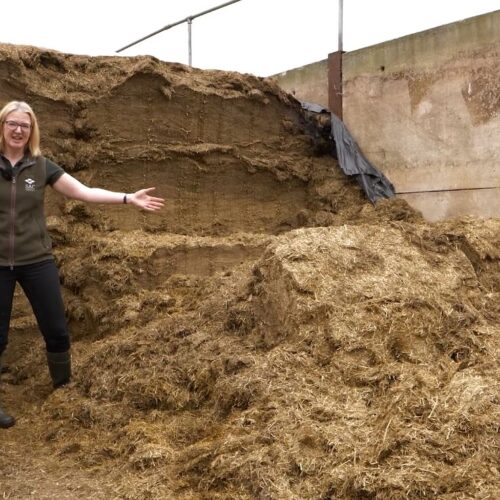
Minimising Dry Matter Losses in Clamped Silage
July 10, 2023Dry matter (nutrient) losses from clamped silage can be on average 25%, representing a significant amount of feed value disappearing between cutting the grass and...
Read more >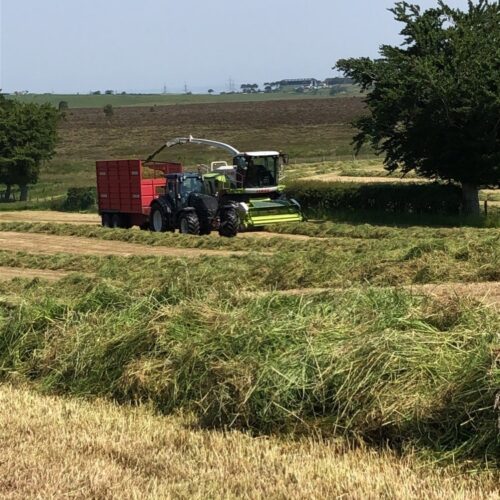
How to reduce silage nutrient loss in the heat
June 26, 2023The silage season is well underway with many farms having already successfully harvested a first cut and some even cutting or considering further cuts. However,...
Read more >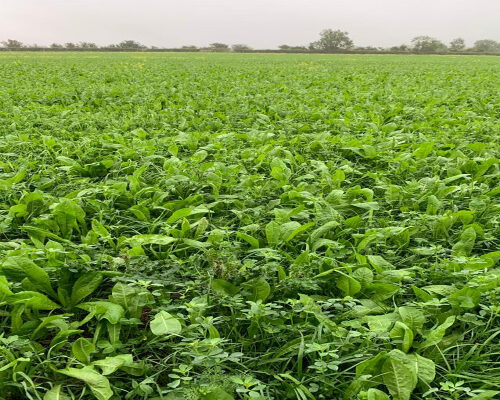
Herbal leys – what to consider in selecting a mix
April 12, 2023There has been increasing interest in the use of herbal leys (also known as multi-species swards) for livestock farmers over the last few years. Summer...
Read more >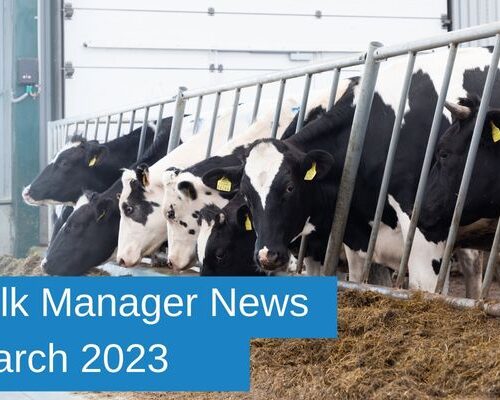
Milk Manager News March 2023 – Efficient Feeding of Protein
March 10, 2023Cows are very inefficient converters of dietary nitrogen (N) into milk, with an approximate efficiency of converting feed N into milk ranging anywhere from 22-33%....
Read more >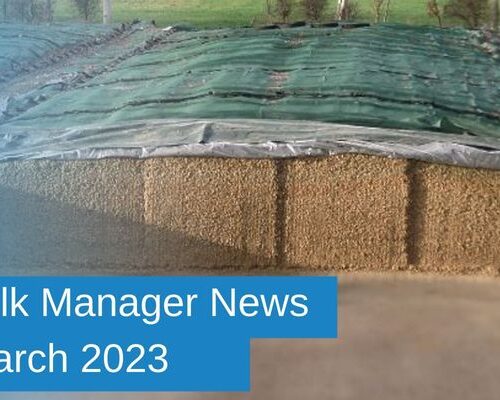
Milk Manager News March 2023 – Preventing Silage Slippage This Season
March 10, 2023There are many risk factors associated with slippage of silage clamps, which can cause significant spoilage of silage around the area of slippage. The result...
Read more >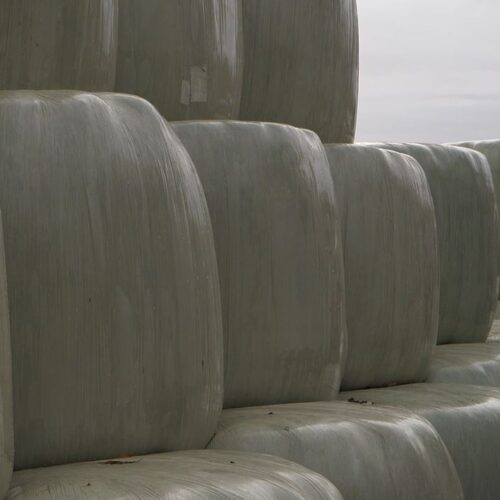
Silage Clinic – Key Messages
March 6, 2023Making quality silage – what are the key influencing factors? Tips for making quality silage and minimising nutritional losses were discussed at a recent FAS...
Read more >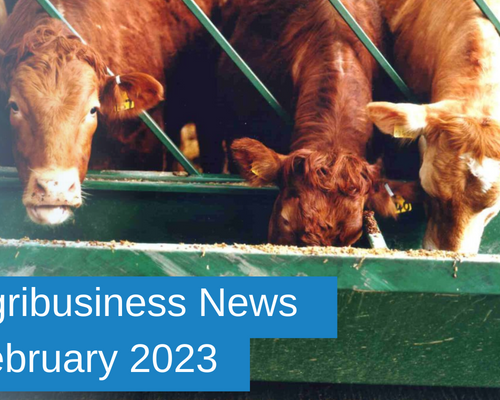
Agribusiness News February 2023 – Input Costs: Feed & Forage Update
February 2, 2023Silage analysis update Figure 1 shows the average of all silages received at the SRUC lab between July 22 – Jan 23, of 1st and...
Read more >
Milk Manager News January 2023 – Planning for Youngstock Grazing this Spring
January 13, 2023Regardless of the management of the milking herd, the majority of dairy youngstock will be turned out to grass this spring. By planning your grazing...
Read more >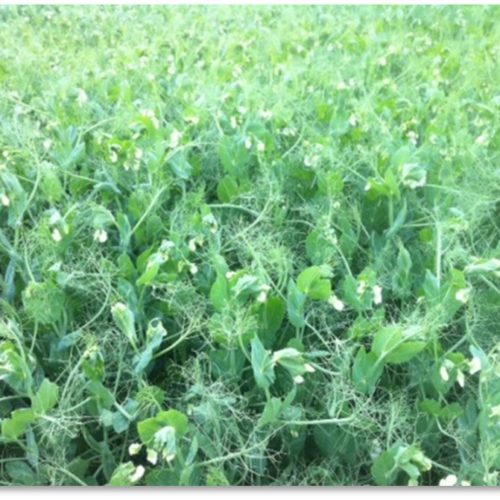
Forage Peas: An Alternative Source of Protein
December 13, 2022The recent volatility in cost and availability of supplementary protein sources has meant dairy farmers have begun growing their own home-grown protein sources, in particular...
Read more >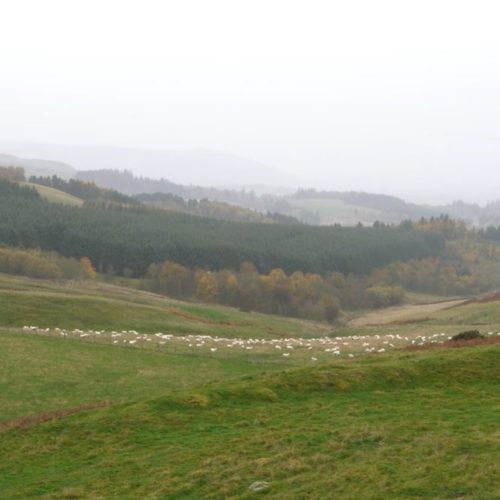
New Entrants – Getting Started with Rotational Grazing
December 7, 2022Rotational grazing increases the grass ultilisation on farm and leads to greater production of meat, milk, and wool per hectare, while also reducing feed and...
Read more >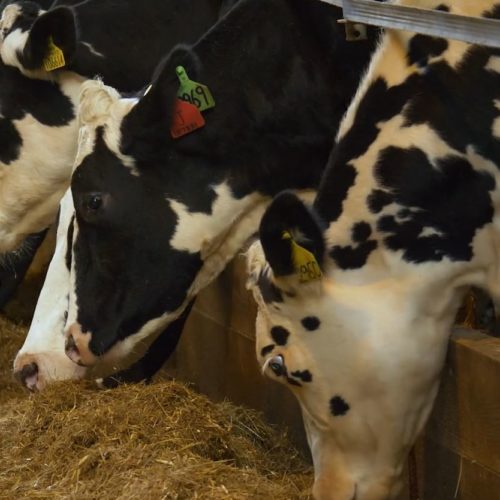
Dry Cow Nutrition for a Successful Transition into the Milking Herd
November 17, 2022This video focuses on the importance of nutrition of dairy cows during the dry period and covers targets for body condition score, energy and protein...
Read more >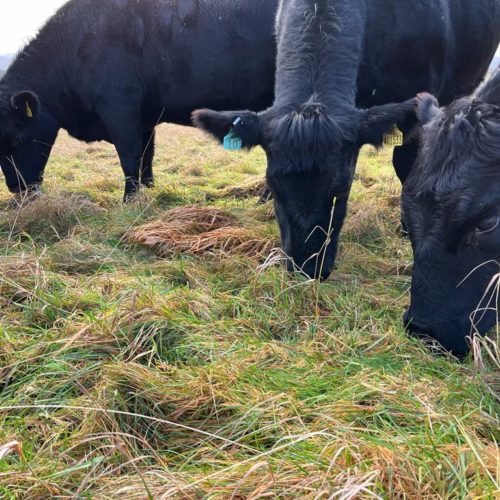
Grazing for Profit and Biodiversity: Deferred Grazing
November 4, 2022Deferring (setting aside) pasture in the summer for grazing in the winter months provides the opportunity to outwinter cattle with significantly reduced winter costs (cost...
Read more >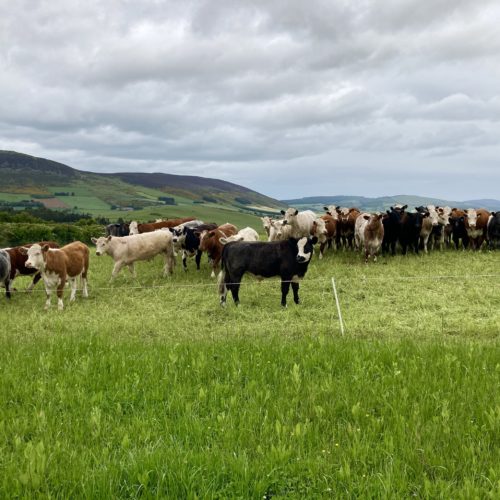
Grazing for Profit and Biodiversity: Grazing Strategies
October 28, 2022Equally important to both profit and biodiversity as pasture composition, is the way in which we graze the pasture with livestock. Grazing duration, intensity and...
Read more >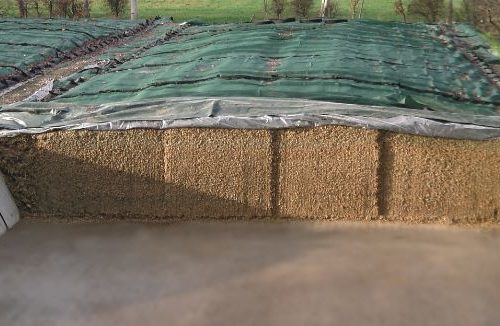
Maximising Silage Quality
April 29, 2022With silage time upon us, it is worth thinking about the key steps in the silage making process to maximise nutritional quality and minimise nutrient...
Read more >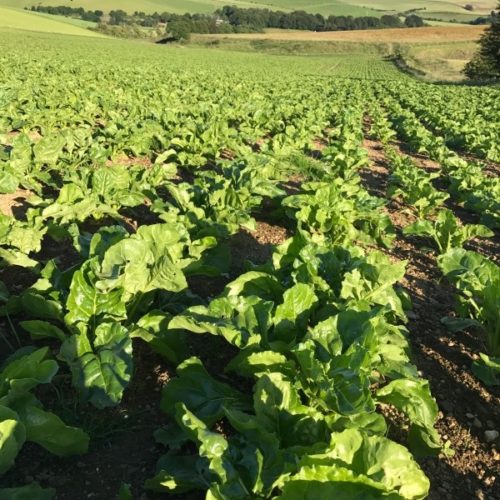
Forage Crops Mineral Fact Sheet
September 28, 2021Nutritionally forage crops are an excellent source of energy and good source of protein (although root crops tend to be at the lower end). This...
Read more >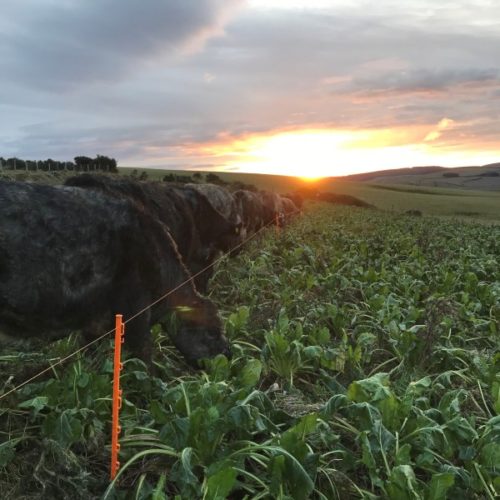
Managing The Transition Onto Forage Crops
September 6, 2021It takes around three weeks for rumen bugs to adapt to a change in diet. If we change diet abruptly, the rumen struggles to cope...
Read more >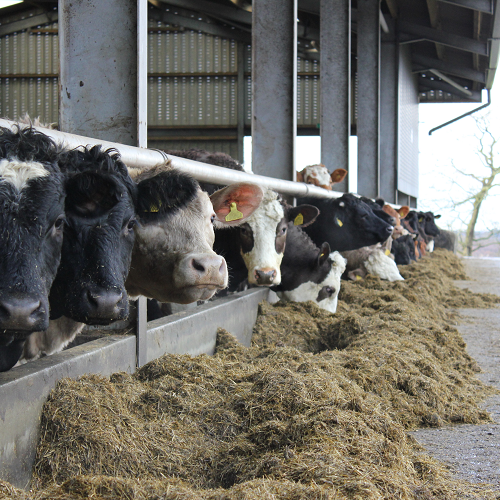
A Guide to Feed Budgeting
August 3, 2021Forward planning forage supplies helps understand whether you will have enough conserved forage to meet the livestock demand – this is becoming more critical as...
Read more >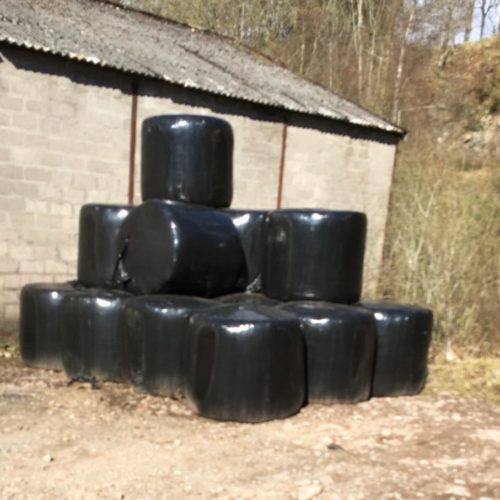
Best Practice Procedures For Making Baled Silage
June 8, 2021There are a number of important steps during the silage making process which can influence nutritional of the end product, impacting on livestock performance and...
Read more >Making the most of Red Clover
March 2, 2020Red clover benefits As a forage legume, red clover has the ability to fix nitrogen due to the presence of bacteria in the root nodules....
Read more >More in FAS Problem Solver
Select by an area of interest

Feeding the Milking Herd at Grass – What to Consider?
April 11, 2025With many cows now turned out to grass, the science of balancing buffer feeding is tricky when often grass intake and quality is unknown. If...
Read more >
MMN March 2025 – Fodder Beet in Milking Rations
March 11, 2025Fodder beet has surged in popularity for outwintering livestock, providing one of the highest yielding energy crops (65-90T of bulb and leaf yield/ha). While the...
Read more >
MMN March 2025 – The Multiple Roles of Methionine
March 11, 2025Methionine is an essential amino acid for dairy cows and is the first limiting amino acid for milk production, followed by lysine. Typically miking rations...
Read more >
MMN January 2025 – What to Use if Draff is Unavailable
January 10, 2025Draff has become an important feed source within the dairy industry over the years, providing a good source of digestible energy and protein. The typical...
Read more >
MMN January 2025 – The Importance of Sugar in a Dairy Ration
January 10, 2025The sugar content of dairy diets is often not given much consideration, with more focus usually given to energy, protein and starch levels. While the...
Read more >
Maximising Milk from Forage
November 6, 2024Ensuring that your dairy rations maximise the feed value available in your silage and other conserved forages can make significant savings in purchased feed costs. ...
Read more >
Vitamin E for Dry Cows – Are You Feeding Enough?
October 7, 2024Vitamin E supplementation is absolutely critical for dry dairy cows for immunological function. It also greatly impacts on calf health as well. As vitamin E...
Read more >
Practical Assessment of Nutrition in the Milking Herd
May 27, 2024Nutrition of the milking herd is usually seen as the responsibility of the farm’s nutritionist. However, there are many ways a herd manager or stockperson...
Read more >
Nutritional Guidance for the Milking Herd
May 21, 2024Nutrition in dairy cattle is a complex area, and many farmers rely on their nutritionist to ensure that the ration for the milking herd is...
Read more >
Cow Grazing Strategies in Wet Conditions
April 3, 2024When large amounts of rainfall leave grazing fields saturated, how do we deal with wet conditions to manage the grazing platform and minimise damage to...
Read more >
MMN March 2024 – Rumen Microbes: Adapting to change
March 14, 2024The rumen is a diverse and complex ecosystem of microbes comprising of bacteria, archaea, protozoa and fungi. These rumen microbes are vital in the digestion...
Read more >
Considerations for Growing Maize Silage
February 27, 2024In southwest Scotland in particular we are hearing of an increased area of maize being planned for the 2024 season. This is predominantly due to...
Read more >
Herbal Leys – The Challenges
February 7, 2024This articles follows on from Herbal leys – what to consider in selecting a mix. Herbal leys contain a variety of species of grass, legumes...
Read more >
Outwintering Heifers on Brassicas, Is Iodine Deficiency an Issue?
November 6, 2023Rearing dairy heifers is one of the largest expenses of milk production so outwintering heifers can reduce costs due to less time spent housed, saving...
Read more >
MMN September 2023 – Planning Winter Feed Requirements
September 11, 2023Planning Winter Feed Requirements With summer nearing a close and housing just around the corner, it is worth spending some time planning ahead how much...
Read more >
Minimising Dry Matter Losses in Clamped Silage
July 10, 2023Dry matter (nutrient) losses from clamped silage can be on average 25%, representing a significant amount of feed value disappearing between cutting the grass and...
Read more >
How to reduce silage nutrient loss in the heat
June 26, 2023The silage season is well underway with many farms having already successfully harvested a first cut and some even cutting or considering further cuts. However,...
Read more >
Herbal leys – what to consider in selecting a mix
April 12, 2023There has been increasing interest in the use of herbal leys (also known as multi-species swards) for livestock farmers over the last few years. Summer...
Read more >
Milk Manager News March 2023 – Efficient Feeding of Protein
March 10, 2023Cows are very inefficient converters of dietary nitrogen (N) into milk, with an approximate efficiency of converting feed N into milk ranging anywhere from 22-33%....
Read more >
Milk Manager News March 2023 – Preventing Silage Slippage This Season
March 10, 2023There are many risk factors associated with slippage of silage clamps, which can cause significant spoilage of silage around the area of slippage. The result...
Read more >
Silage Clinic – Key Messages
March 6, 2023Making quality silage – what are the key influencing factors? Tips for making quality silage and minimising nutritional losses were discussed at a recent FAS...
Read more >
Agribusiness News February 2023 – Input Costs: Feed & Forage Update
February 2, 2023Silage analysis update Figure 1 shows the average of all silages received at the SRUC lab between July 22 – Jan 23, of 1st and...
Read more >
Milk Manager News January 2023 – Planning for Youngstock Grazing this Spring
January 13, 2023Regardless of the management of the milking herd, the majority of dairy youngstock will be turned out to grass this spring. By planning your grazing...
Read more >
Forage Peas: An Alternative Source of Protein
December 13, 2022The recent volatility in cost and availability of supplementary protein sources has meant dairy farmers have begun growing their own home-grown protein sources, in particular...
Read more >
New Entrants – Getting Started with Rotational Grazing
December 7, 2022Rotational grazing increases the grass ultilisation on farm and leads to greater production of meat, milk, and wool per hectare, while also reducing feed and...
Read more >
Dry Cow Nutrition for a Successful Transition into the Milking Herd
November 17, 2022This video focuses on the importance of nutrition of dairy cows during the dry period and covers targets for body condition score, energy and protein...
Read more >
Grazing for Profit and Biodiversity: Deferred Grazing
November 4, 2022Deferring (setting aside) pasture in the summer for grazing in the winter months provides the opportunity to outwinter cattle with significantly reduced winter costs (cost...
Read more >
Grazing for Profit and Biodiversity: Grazing Strategies
October 28, 2022Equally important to both profit and biodiversity as pasture composition, is the way in which we graze the pasture with livestock. Grazing duration, intensity and...
Read more >
Maximising Silage Quality
April 29, 2022With silage time upon us, it is worth thinking about the key steps in the silage making process to maximise nutritional quality and minimise nutrient...
Read more >
Forage Crops Mineral Fact Sheet
September 28, 2021Nutritionally forage crops are an excellent source of energy and good source of protein (although root crops tend to be at the lower end). This...
Read more >
Managing The Transition Onto Forage Crops
September 6, 2021It takes around three weeks for rumen bugs to adapt to a change in diet. If we change diet abruptly, the rumen struggles to cope...
Read more >
A Guide to Feed Budgeting
August 3, 2021Forward planning forage supplies helps understand whether you will have enough conserved forage to meet the livestock demand – this is becoming more critical as...
Read more >
Best Practice Procedures For Making Baled Silage
June 8, 2021There are a number of important steps during the silage making process which can influence nutritional of the end product, impacting on livestock performance and...
Read more >Making the most of Red Clover
March 2, 2020Red clover benefits As a forage legume, red clover has the ability to fix nitrogen due to the presence of bacteria in the root nodules....
Read more >Something else on your mind?
